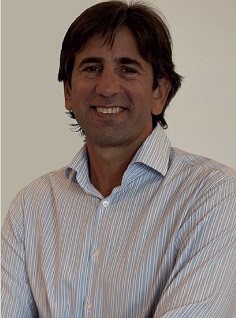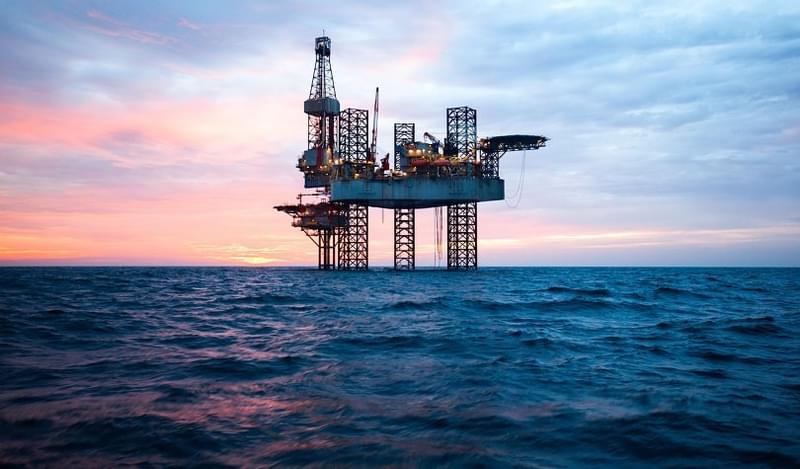Q. San Antonio Internacional just finalised its initial public offering regime. What was the objective?
A. As soon as I arrived at San Antonio, the first task we set for ourselves was to prepare the company so it could issue debt when the time was right. To achieve this, the first thing we needed to do was set out the paperwork so San Antonio could register within the public offering scheme of the CNV. This was a hard task in itself, especially for a company that has always been private and has never been subject to that sort of public scheme. To do this, we had to work on our initial prospect, to stop thinking in terms of local norms and of annual issuance and started complying with the CNV’s – indeed global – standards. We modified our IFRS rules, started publishing our quarterly balance sheets, and adapted the company to new financial methodologies. We are proud to say we are now fully compliant with the regime.
Q. Can you give us some insight into San Antonio’s debt profile?
A. Until last year, the company’s debt structure was highly exposed to the local currency, and with a stable exchange rate and high rate differential measured in dollars, the company’s funding costs were very high. Today, the mix is more evenly distributed between dollars and Argentinean pesos. This was a slow process, however. We first approached the banks and changed our credit lines from pesos to mixed-currency and in other cases just to dollars. If measured in dollars, our funding cost is 42% lower in 2017 versus the same period last year.
 Q. Beyond readying the company for its debut in the bond markets, what is San Antonio’s funding strategy? What are your most urgent needs in terms of financing?
Q. Beyond readying the company for its debut in the bond markets, what is San Antonio’s funding strategy? What are your most urgent needs in terms of financing?
A. So far, we are assessing different funding strategies. San Antonio currently has several credit lines with different banks and high exposure in the short-term. We are currently analysing the issuance of a bond or of a syndicated loan, that can unite several of the players we currently work with under the same deal. For next year, we are looking to invest in equipment which will be used for developing the Vaca Muerta shale reserves; they are very expensive.
Q. How are the local markets performing at the moment? How will the capital markets reforms impact their performance?
A. The Argentinean local markets have improved a great deal, however, we still need the new capital markets law to become a reality. So far, they have not been able to implement the new regulations and this is hurting the markets.
Q. What are your biggest concerns at the moment? What are the possible risks your company may face?
A. Investors want stability and to know which rules will apply in the medium and long term. In Argentina, as it happens in other emerging and frontier markets, regulations are exposed to political change. Investors want to know who is going to govern and after that draw conclusions about the rules and economic conditions. The biggest risks from San Antonio’s perspective are all related to the oil & gas sector. The most obvious risk being the oil prices and the development of the Vaca Muertas shale reserves. In the case of Vaca Muerta, in my opinion, the activity hit a roof and some issues need to be resolved, and it is the interest of all relevant stakeholders to address them as soon as possible.
Q. How will Vaca Muerta impact Argentina’s economy?
A. Lifting the restrictions to buy foreign currency and the distribution of dividends were changes required to attract foreign investors into Argentina’s economy as whole. But it had a significant importance to the energy sector and the development of large scale investment. This context, combined with the country’s re-entry to the financial markets, created the appropriate conditions for companies to obtain funding. Vaca Muerta is slowly developing as a country project, related to Argentina’s infrastructure and logistics plans, as well as social infrastructure, which need to be set out in the long term. Vaca Muerta is the world’s second largest shale gas reserve, but to develop it requires a multi-billion dollar investment.









